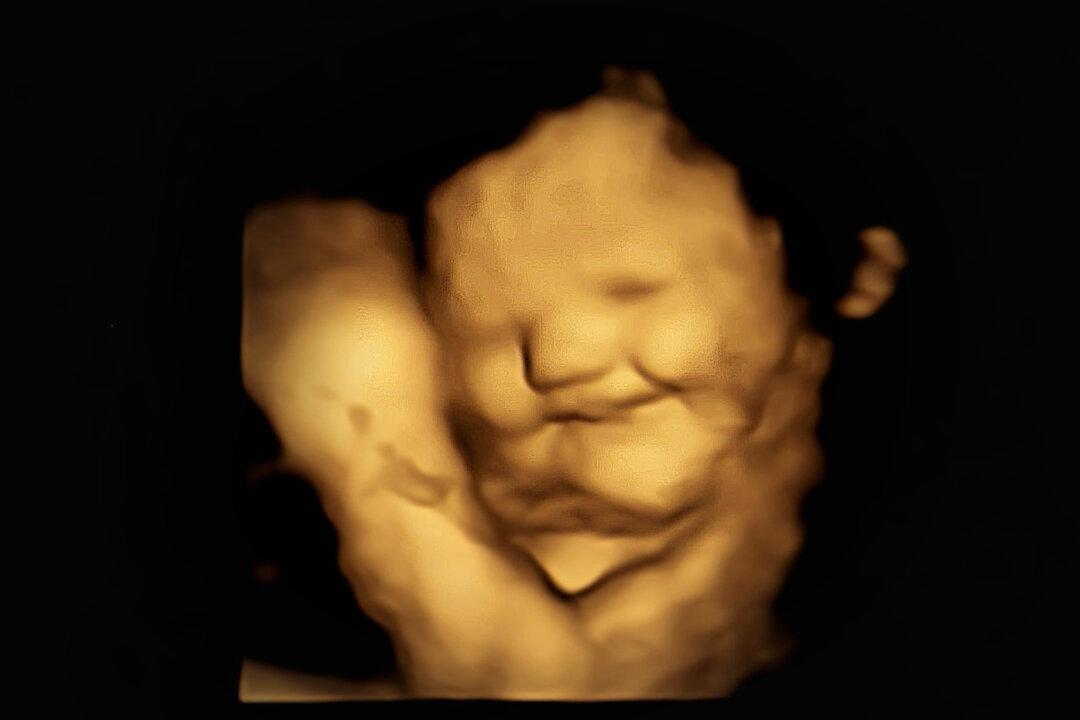To some parents, it surely comes as no surprise: Babies in the womb can express delight and displeasure on their faces in correlation to the flavors their moms consume, a UK study found.
Using coded 4-D ultrasound scans, researchers identified complex facial movements in babies who were subjected to carrot (a sweet vegetable) and kale (a bitter vegetable) and confirmed their hypothesis to be correct: fetuses subjected to carrots showed more smiles; those subjected to kale showed more cry faces. Fetal facial movements were measured frame by frame, revealing reactions to maternal ingestion.






